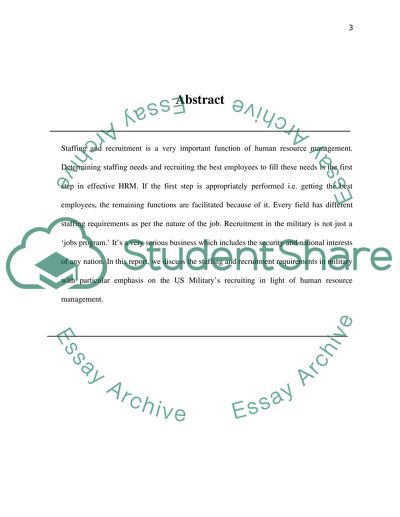Cite this document
(“Staffing and Recruitment of the United States Military Term Paper”, n.d.)
Retrieved from https://studentshare.org/environmental-studies/1405877-staffing-and-recruitment-of-the-united-states
Retrieved from https://studentshare.org/environmental-studies/1405877-staffing-and-recruitment-of-the-united-states
(Staffing and Recruitment of the United States Military Term Paper)
https://studentshare.org/environmental-studies/1405877-staffing-and-recruitment-of-the-united-states.
https://studentshare.org/environmental-studies/1405877-staffing-and-recruitment-of-the-united-states.
“Staffing and Recruitment of the United States Military Term Paper”, n.d. https://studentshare.org/environmental-studies/1405877-staffing-and-recruitment-of-the-united-states.


